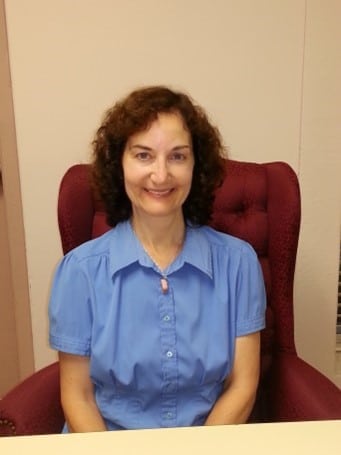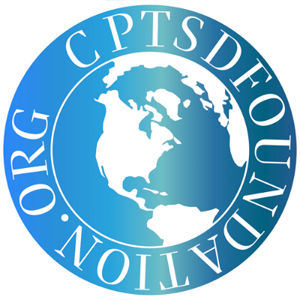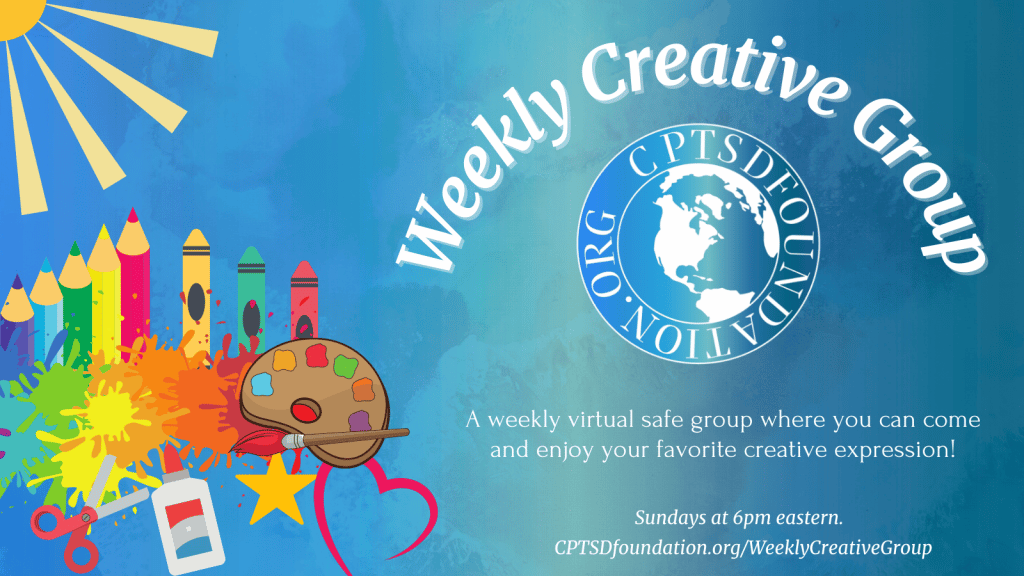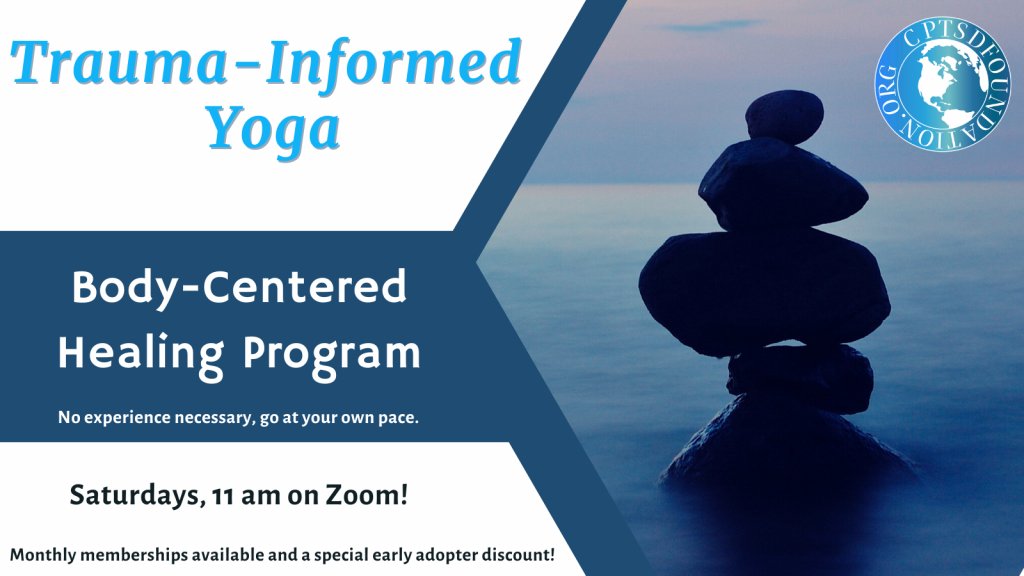What does CPTSD feel like?
Although Complex PTSD is different for everyone, these are some examples of what it feels like when having a flashback: Imagine jumping out of bed screaming at 3 AM, wide-eyed, terrified, with no idea where you are.
Imagine always having one foot in the past and one foot in the present, unable to tell at times which is which. Imagine seeing or hearing something that triggers an unseen hand gripping your gut and pulling it out through your throat. Imagine feeling like you have a sign flashing on your forehead, “Damaged Goods!” and feeling you will never fit in.
What are Flashbacks?
This can be very disorienting and terrifying, and it can cause doubt in your own experiences
A flashback is a reliving of a memory or piece of a memory. It can also be a detached watching of a memory. It starts with a trigger. This can be a sight, smell, or sound. Flashbacks can also be a feeling of panic or feeling little and young. This type is called a body or somatic memory and usually does not have a picture or story to go with it.
Flashbacks can occur in dreams or as a disembodied voice of someone you know, such as a parent yelling at you.
You might lose track of time or where you are. This can be very disorienting and terrifying, and it can cause doubt in your own experiences.
Healing:
Flashbacks are a sign from the subconscious that something is amiss. It’s a call to wake up, to heal. To do this you have to be very honest and brave. Admitting where you’ve been injured, hurt, and betrayed is a first step.
Recognizing who was responsible and feeling the emotions, will help to release them. Someone once said, “Oh no, you mean I have to go through it again but this time with feelings?”
Yes, but this time, you don’t have to experience it alone unless you choose to.
Trusting Your Memories:
Many survivors of abuse and trauma, especially long-lasting and severe trauma, tend to doubt their own memory and knowingness. The “No talk rule” says: Don’t see, Don’t hear, Don’t Think, Don’t Feel, Don’t Say. It starts young and is very intimidating.
“The body remembers what the mind chooses to forget.”
Many survivors have an almost obsessive need to explain themselves when challenged or questioned. If you have trouble trusting your own memories and experiences, it will be much harder to trust that others will believe you.
Many people have heard, “The body remembers what the mind chooses to forget.” Dissociating memories is very common in severe abuse and trauma survivors. Some people remember many things, some people have memories come back much later. Typically, when a person reaches the 30’s and 40’s it is harder for the mind to continue to repress memories.
Memories tend to come back in bits and pieces. They may not have a storyline or timeline, so they may not make sense. If the person was very young at the time of the incident(s) or was dissociated, the memory may be fuzzy or seem like a dream. It’s so much easier to doubt when something doesn’t seem real.
Even if all details do not return or are not entirely accurate, the feelings are real and should be trusted. Details have been seen through the eyes of the child who experienced the original trauma(s). They are being remembered through a child’s eyes and mind, even though the child is now in an adult body.
How Do You Trust Yourself?
Rarely or never feeling safe is one of the worst legacies of severe trauma. It can be extremely difficult to trust yourself or anyone else if you do not feel safe and secure.
Finding a person who can be a silent and supportive witness to your story can be invaluable. Being a silent witness to younger parts of yourself can also be a way of reparenting and feeling safer.
Trust takes time and forgiving yourself for what you may have had to do to survive can be helpful. Another way to build confidence in yourself is to listen carefully to your own needs and validate yourself. Ignoring or punishing yourself for having human needs is not healthy. However, being kind and loving to yourself can repair the relationship between you and your inner child or children.
Listening to your intuition, gut feeling, or the still small voice inside can be the best guide. When the younger self or selves know that they are heard and valued, layers of injury can be mended.
The following book contains many tools for healing:
Thank you for taking the time to read this article.
Susan Pollard, MS
https://www.facebook.com/susanpollardlifecoach
Photo by engin akyurt on Unsplash
Guest Post Disclaimer: Any and all information shared in this guest blog post is intended for educational and informational purposes only. Nothing in this blog post, nor any content on CPTSDfoundation.org, is a supplement for or supersedes the relationship and direction of your medical or mental health providers. Thoughts, ideas, or opinions expressed by the writer of this guest blog post do not necessarily reflect those of CPTSD Foundation. For more information, see our Privacy Policy and Full Disclaimer.






The article is very easy to read and direct. It is difficult to imagine the terror and confusion felt by those who experience Complex PTSD. Interesting read.
Excellent article with advice about how you can help yourself recover from flashbacks and CPTSD without becoming addicted to food, drugs, etc.
Excellent article ‘! It would be helpful to share with the veterans administration and VA hospitals publications. Just a thought !
It really helped me understand why memories come me alive years later. I also identified about not feeling safe or fitting in. Your writing is very clear and concise. I recommend everyone to read it. Thank you
It helped me understand why past memories pop up when you are older. Triggered by sights and sounds and smells. It also explains continuing
Nightmares that I have to this day. This article was very clear and concise. I will definitely get Susan’s book. Thank you
This is a very good and clear understanding about how repressed memories stay in our body. This is very helpful.
This article was easy to read & very powerful. The section on healing is one I resonate with most. I’m currently in a time period in life where I’m revisiting my teenage years, (again)! I’ve visited this timeline many times. I used to think, “I’ve already gone back through this, how many layers can there be?” Then overtime I began to change my perspective and found that each time I remove resistance and fear, allowing myself to go back, I unravel yet another layer. Feeling lighter & uncovering more each time. Revealing more of my authentic self. HEALING another layer is indeed a VICTORY. Each time I revisit a traumatic time in my life, between the ages of 4-33, I know there’s the me at the age I’m revisiting and the me I am today. I tap into the mind/emotions/feelings of myself at that age and allow whatever feelings, thoughts, memories & emotions to surface & flow freely. I talk to my younger self, feel the pain with her, remind her we’re safe & she’s not alone, I’m right here with her. I comfort & reassure her according to the age of the trauma I am revisiting. Uncovering each layer brings more healing & freedom.
Thank you for this reminder. Going through truly is the only way. Embrace the past and celebrate each layer of Healing that’s uncovered.
The article was very informative and reads very well. My trauma happened when I was 3, but I didn’t know about until I was 49. It has been going on years and I am still trying to heal. I have come a long way and I know that it’s a process. My healing will continue and I plan to help others with my story of survival and redemption.
Thank you for the comment. I wish you well in your healing of the layers and sharing your story can help yourself and others.
Thank you for your very insightful comment. I’m struggling with this but you have so helped me x
I am glad that it helped you. It is hard work but important to be proud of yourself for making the effort. Blessings to you!